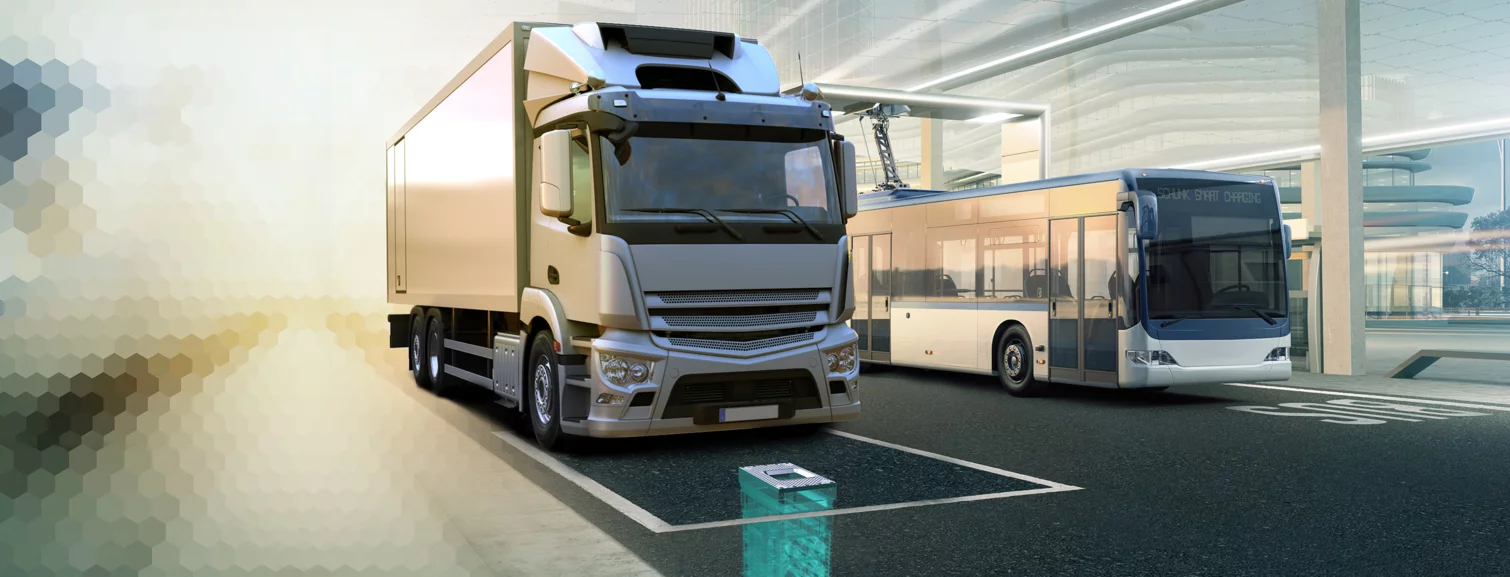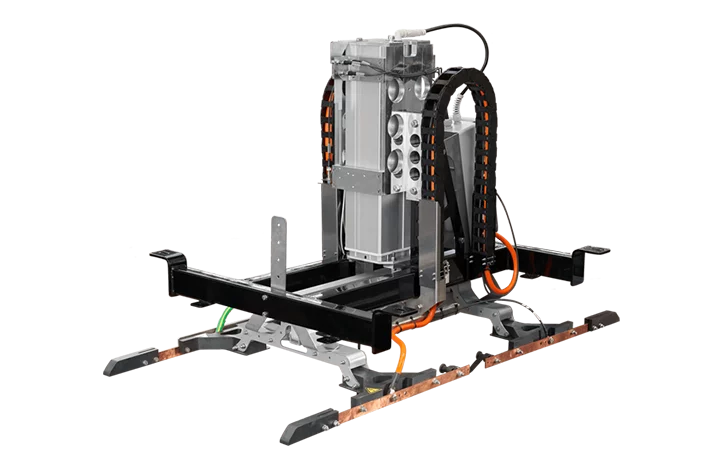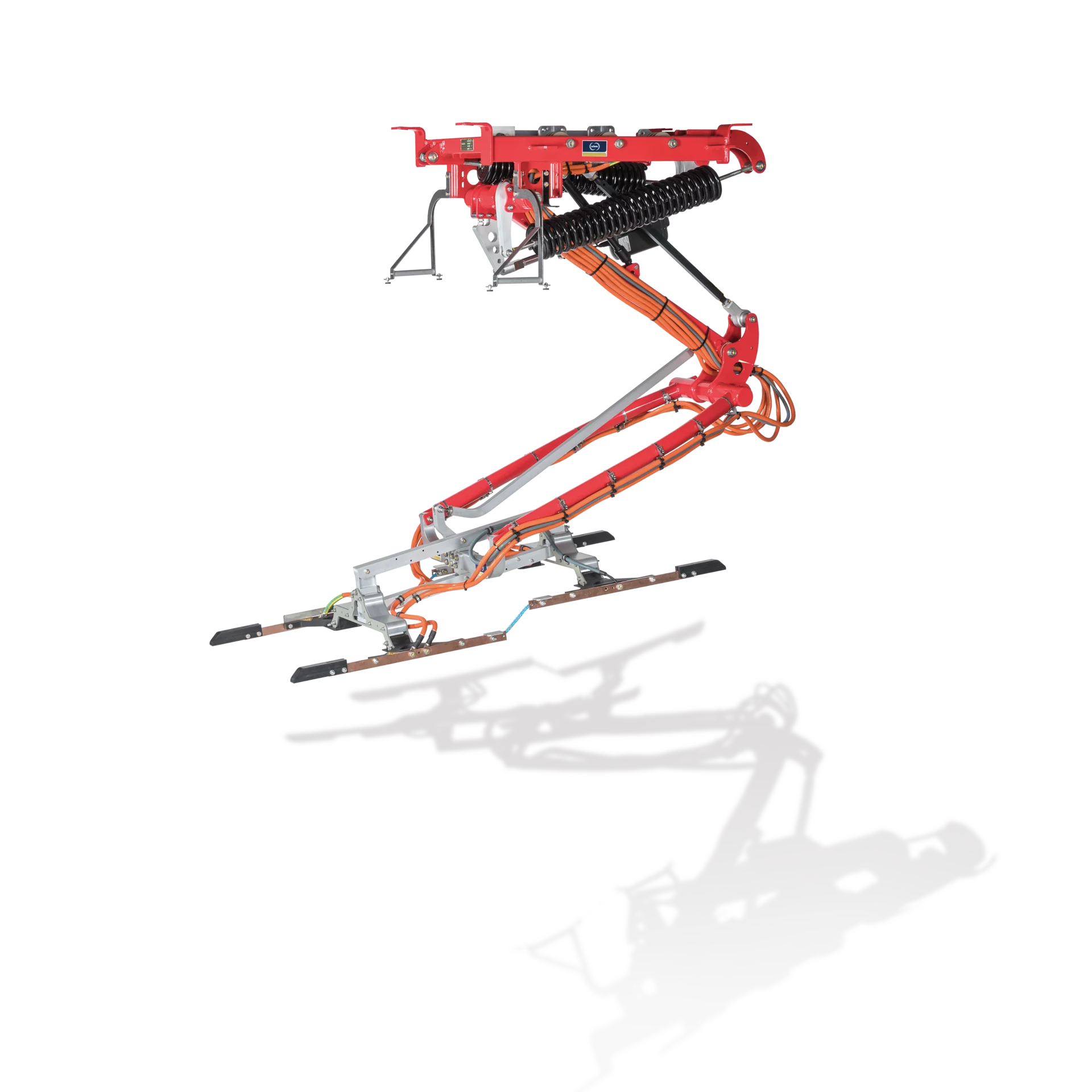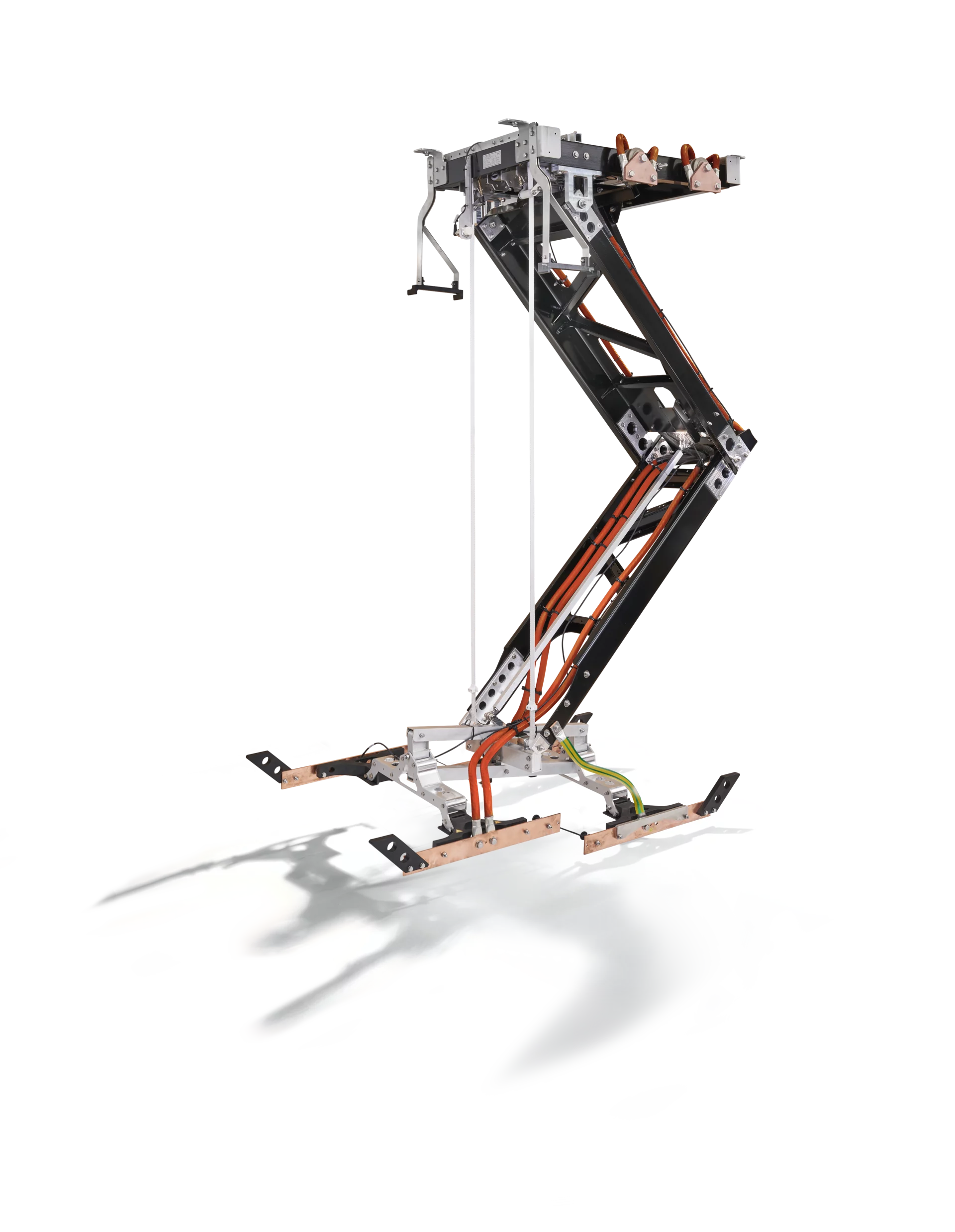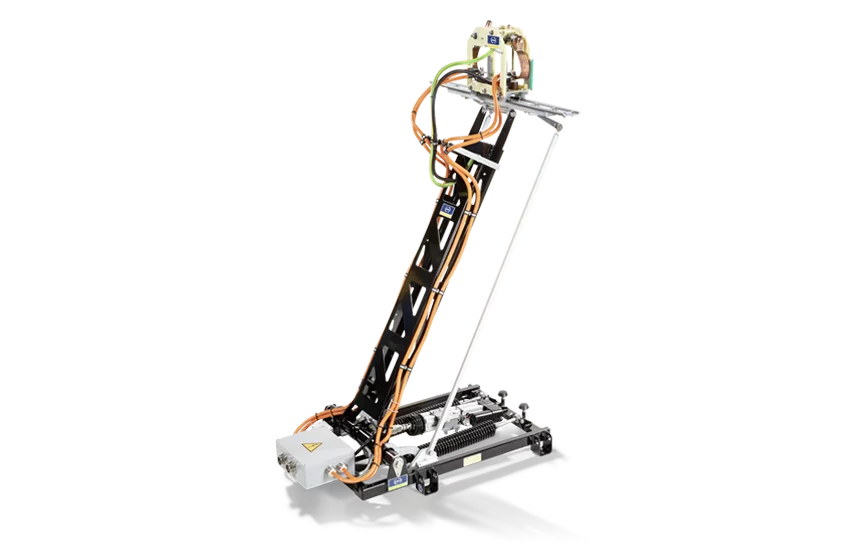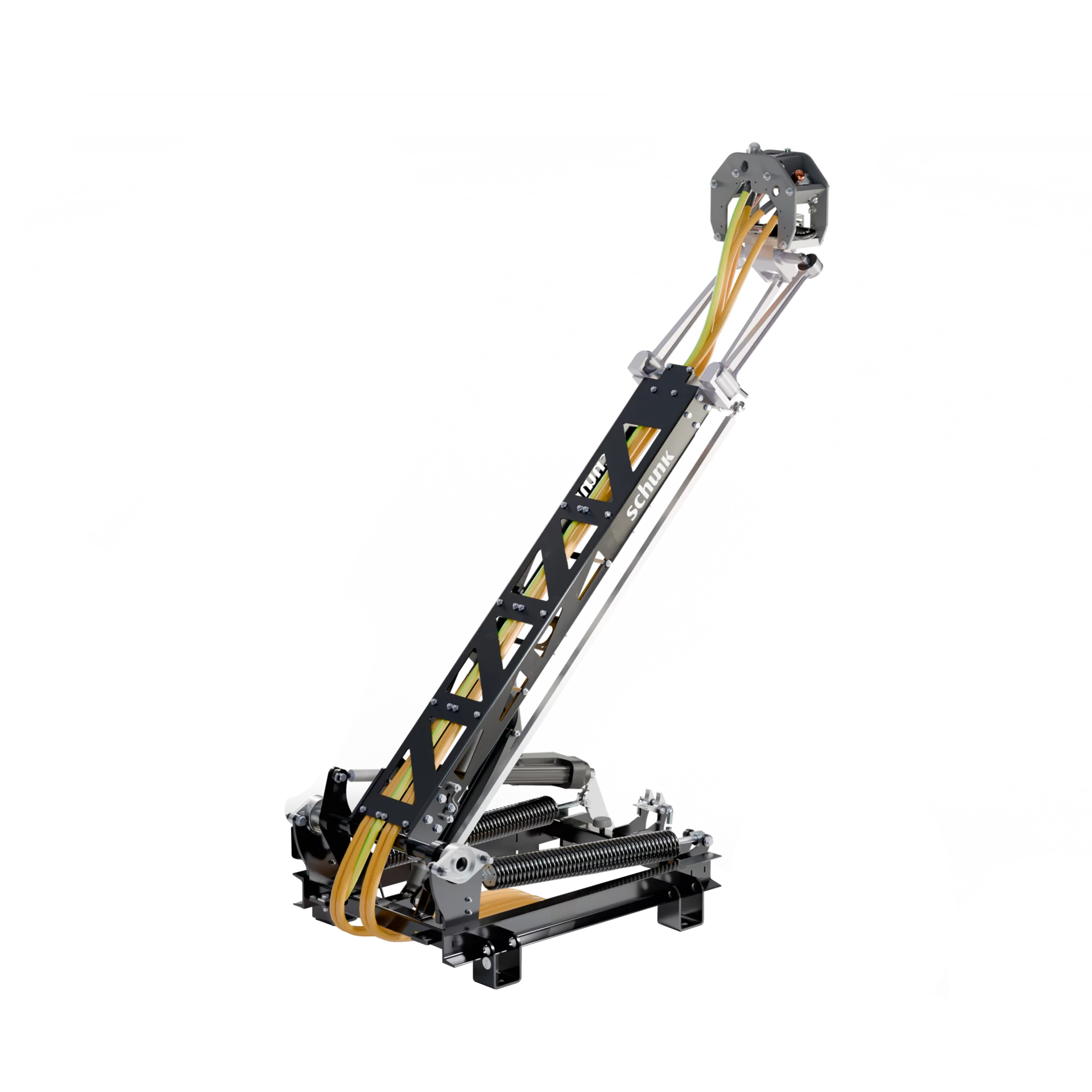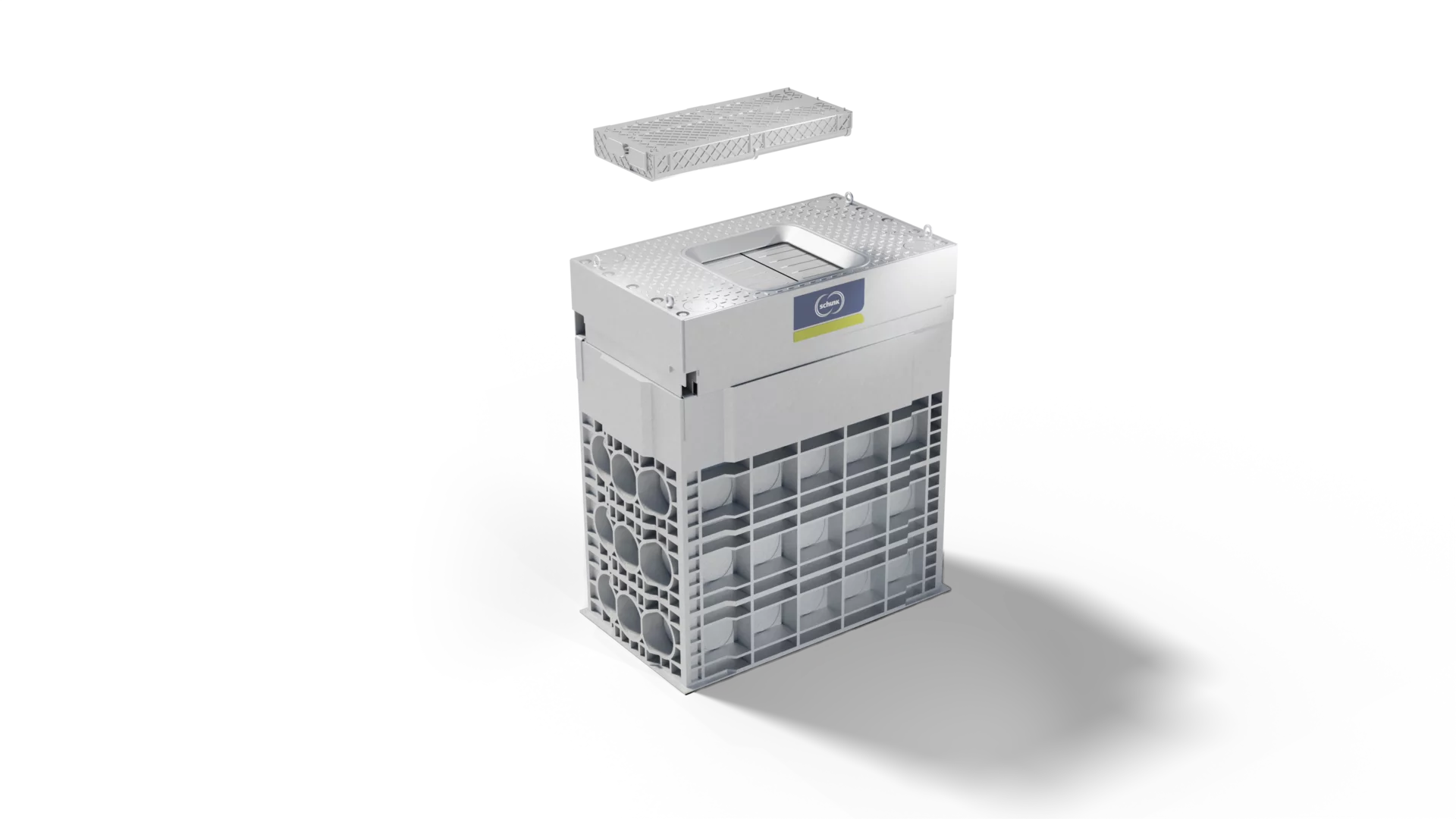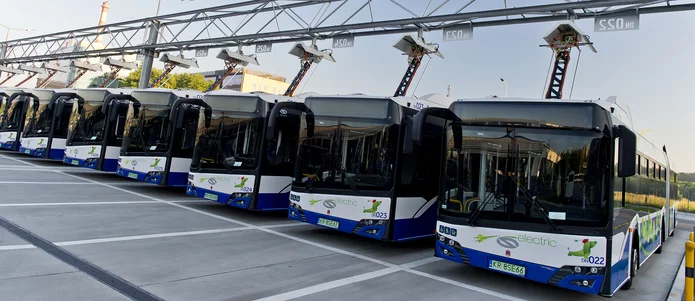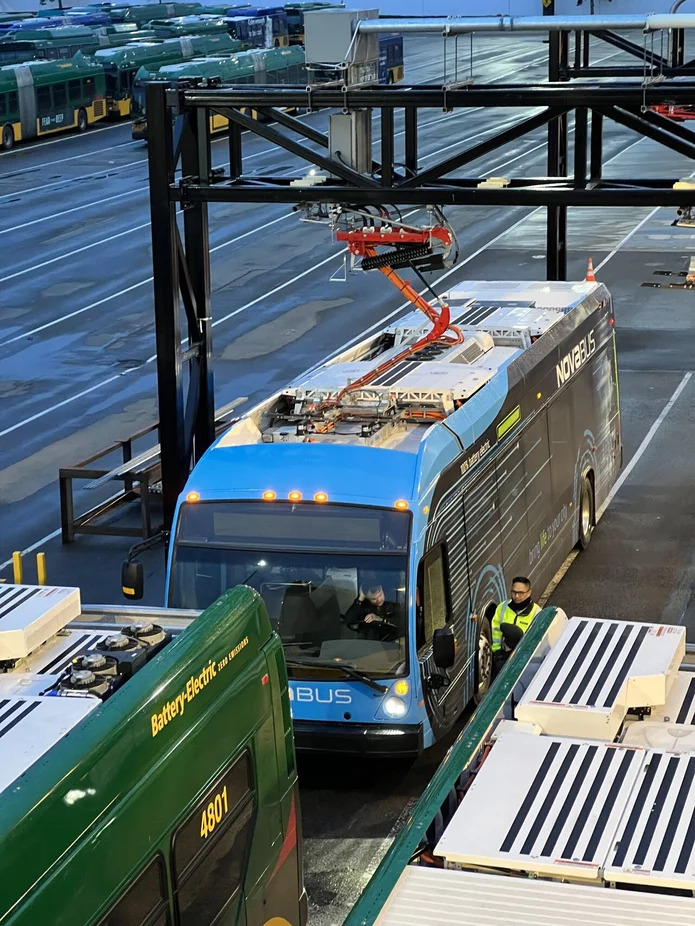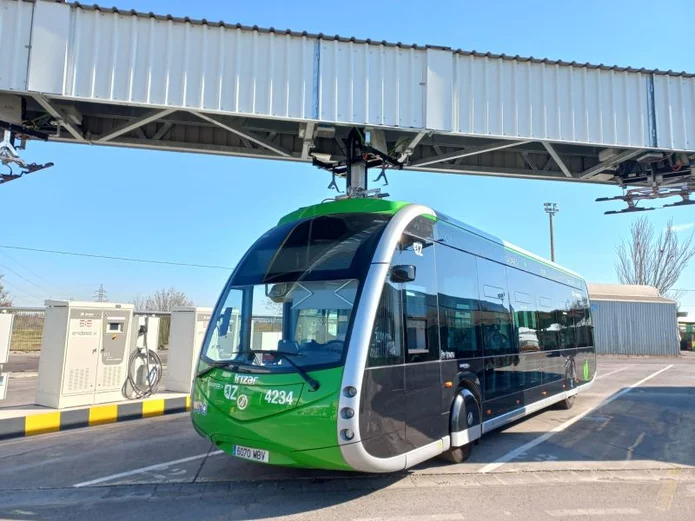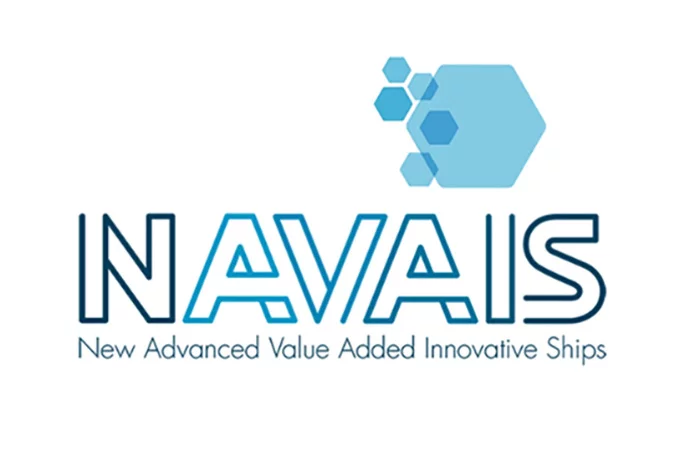Advantages of Automated Charging Systems for Electric Buses and Industrial Vehicles
Schunk Smart Charging is engineered for seamless integration into your operations—from municipal transit to heavy-duty logistics. Here’s what makes the system stand out:
- Fully automated charging with no cables or plugs
- Up to 1 MW charging power in less than 30 seconds
- Efficient conductive technology – no energy loss from induction
- Compatible with flash, depot, and opportunity charging scenarios
- Tolerance compensation for imperfect vehicle positioning
- Modular architecture for buses, trucks, ports, and airports
- Proven for over 400,000+ charge cycles
- Digital communication via ISO 15118

We explain the unique features of the Schunk Smart Charging Pantograph SLS 104 and show how its compact design, high charging power, and reliability increase the efficiency of electric buses. In addition, you will learn how operators benefit from a future-proof charging infrastructure
Video
Certified Charging Infrastructure for Electric Vehicles Worldwide
Schunk’s Smart Charging infrastructure complies with leading global standards - for maximum safety and international compatibility:
- EN 50696 & IEC 63407: Automated-conductive high-power interface
- ISO 15118: Vehicle-to-charging system communication
- DIN EN 61851-23-1: Safety for DC charging
- ISO 17409: Safe conductive charging
- UL/ETL Certified: Approved for North America
- Buy America Compliant: U.S. domestic sourcing available
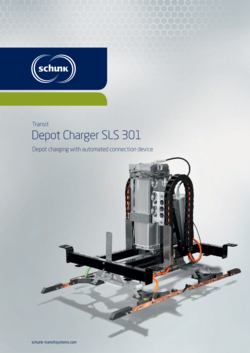
Depot charging with automated connection device
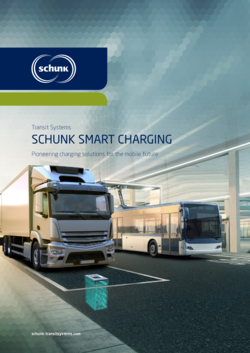
Pioneering charging solutions for the mobile future
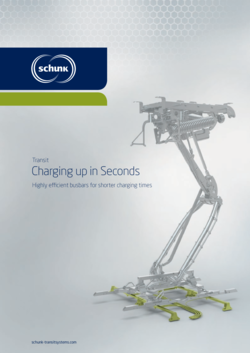
Highly efficient busbars for shorter charging times
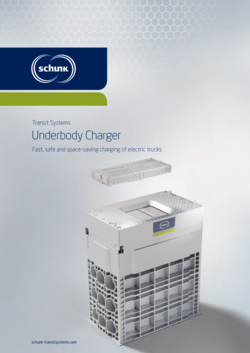
Fully automated charging system for electrical vehicles
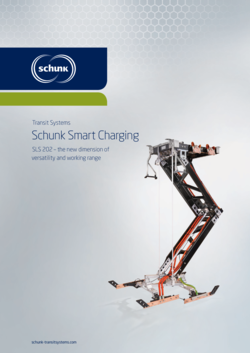
SLS 202 – the new dimension of
versatility and working range
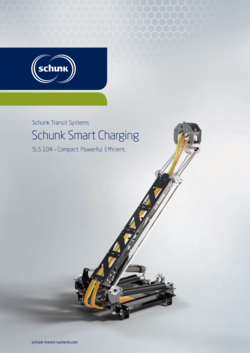
SLS 104 – Compact. Powerful. Efficient.
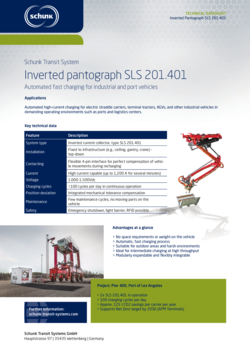
Learn more about the inverted pantograph SLS201.401 from Schunk – the compact solution for reliable current collection in limited space.

